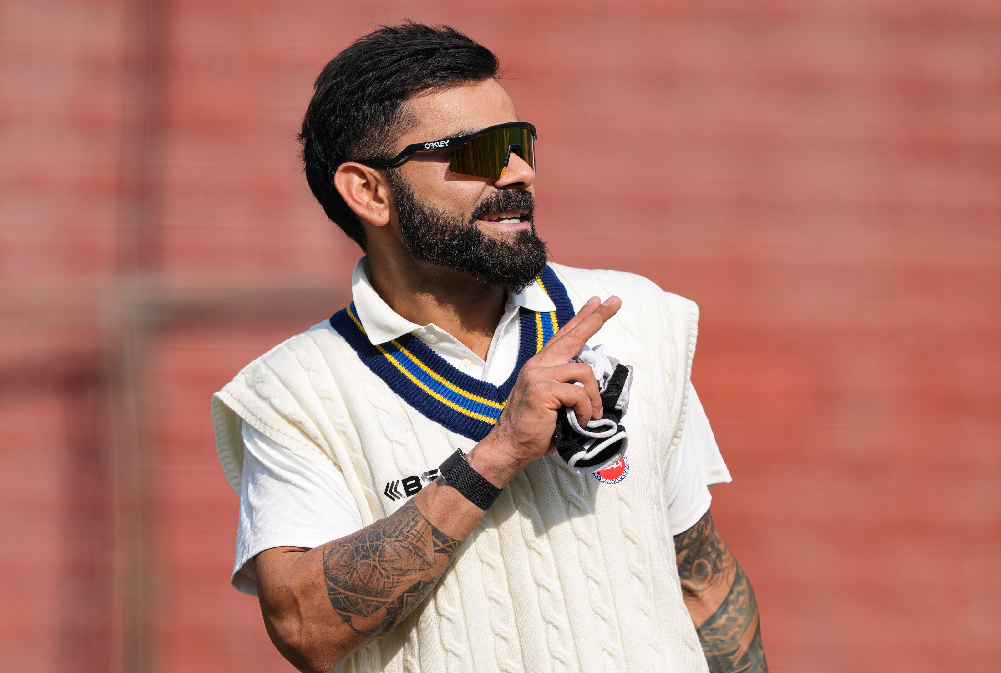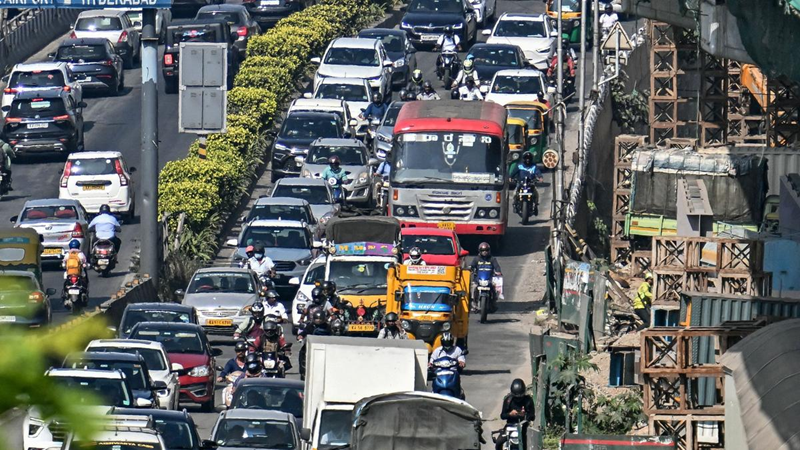
Minority bashing: The polarising tool?
Nilanjan Mukhopadhyay
Recent instances of rightwing attacks on India’s two largest religious minorities, Muslims and Christians, coupled with the Home Affairs Ministry’s decision not to approve the Foreign Contribution Regulation Act (FCRA) renewal application of the Missionaries of Charity, are indicative of deep-seated anxiety within the Bharatiya Janata Party (BJP) and its supportive ecosystem over the impending Assembly elections in five states.
The silence and inaction of the political leadership within the government and the party at outrageous statements and actions hint at a realisation that ambivalence would be strategically advantageous.
Looking the other way works
Although taking note of and initiating action against incendiary statements and violent deeds is constitutionally obligatory, remaining blind to these serves a political purpose. It is not the first time that this regime is failing in its duties – looking the other way is electorally beneficial.
Although Muslims have been the primary targets of hardline Hindutva groups since 2014, Christians, their organisations and places of worship are also being targeted now. This feeds into the Sangh Parivar campaign alleging a ‘conspiracy’ to reduce Hindus to a minority via conversions. The Gujarat government this month booked Missionaries of Charity on the charge of “luring towards Christianity, young girls” sheltered in a home in Vadodara city. The Home Ministry’s decision cannot but be seen with this backdrop.
Although the series of Dharam Sansads organised in recent days (more are planned), which provided a platform for making genocidal calls against Muslims, besides groups that vandalised churches, have no formal association with any Sangh Parivar affiliate, no clarification has yet been issued to distance the saffron fraternity from these outrageous activities.
The assumption is that targeted attacks on Muslims and Christians would communally polarise the electorate, besides blunting the anti-incumbent sentiment against BJP regimes in Uttar Pradesh, Uttarakhand and Goa.
The expectation is that such attacks would simultaneously neutralise new caste alliances the Samajwadi Party forged in recent weeks in Uttar Pradesh – by far the most crucial state – by uniting Hindus across caste lines. In Goa, too, the BJP hopes to benefit by fanning anti-Christian sentiments.
However, these hate campaigns have the potential to backfire and shrink the party back to the regions and states from where it started its campaign.
The fringe is now mainstream
Significantly, talks of a Congress- Mukt (Congress-free) Bharat have faded to ensure that its present bastions continue remaining BJPyukt (where the party retains its hold).In June 2016, Amit Shah, in his previous avatar as BJP president, kickstarted the party’s Project Coromandel with the aim of increasing its strength in the eastern coastal (Coromandel) states like Kerala, Andhra Pradesh, Telangana, Odisha and Tamil Nadu besides Bengal. Barring Andhra Pradesh, the BJP has come to terms with its secondary position.
Prime Minister Narendra Modi is inaugurating partially-complete development projects and laying the foundation of several promissory schemes at a frenetic pace to beat the Model Code of Conduct. But bigotry remains the party’s central theme. Be it Modi at Varanasi and his address at a Kutch gurudwara via a video link, Uttar Pradesh Chief Minister Yogi Adityanath’s speeches in Uttar Pradesh and Uttarakhand, or even Union Home Minister Amit Shah’s assertions at various public rallies, the primary objective of the party is to remind the people of the religio- cultural ‘war’ being waged since 2014.
In speech after speech, the common refrain is that this is a ‘civilisational moment’ in the history of India when long-suppressed aspirations of Hindus are being realised and their ‘rightful’ place restored. The subliminal message is that personal necessities need to be put on the back seat because the majority community is regaining lost ‘glory.’
Since 2014, there is a tendency to blame so-called ‘fringe’ groups for comments that mirror those that resonated in Haridwar and Raipur. However, as seen over decades, efforts to find a dividing line between ‘fringe’ and ‘mainstream’ always fail. For instance, Modi waxed on the virtues of India’s ‘Sanatan’ culture and traditions while inaugurating the Kashi Vishwanath temple corridor at Varanasi. To what extent can Dharam Sansads organised by the Hindu clergy be said to be different from this same belief system?
If it is different, why not make an outright condemnation and take the strictest action?
 English daily published in Bengaluru & Doha
English daily published in Bengaluru & Doha






